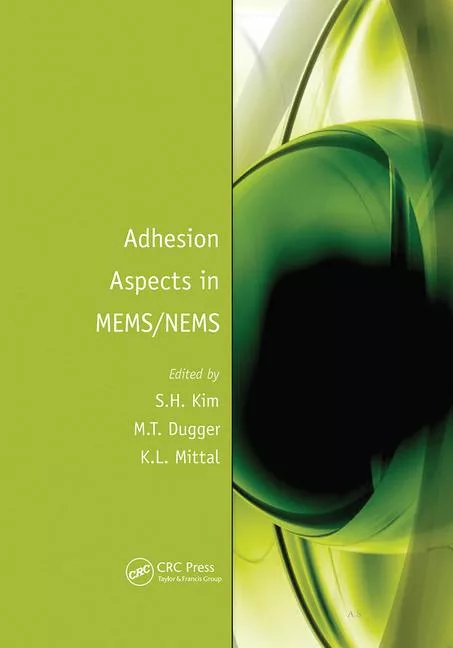Ask Dr. Dave:
Can we use anaerobic threadlockers for screws used in plastics?
Question: Can we use anaerobic threadlockers for screws used in plastics?
Answer: These materials do not cause any problems when used in thermoset plastics. However, some thermoplastics plastics are stress-cracked by the monomers used in these adhesives through a phenomenon often called liquid-induced crystallization. This phenomenon is made worse as the liquid threadlocker is in contact with the plastic for a longer time before it cures to a solid, and if the plastic is stressed.
Unfortunately, plastics are very inactive surfaces for curing threadlockers, which normally require metals to make them cure quickly. This can sometimes be mitigated by used an activator to cure the adhesive. Speak to the manufacturer for specific recommendations for your thermoplastic. Many people use cyanoacrylate adhesives as threadlockers in thermoplastics.
Question: We manufacture two-part epoxy adhesives that are normally used at ambient temperatures. We don’t totally understand why we always seem to get higher strengths if we cure them at higher temperatures. Is it a different type of curing?
Answer: While it is difficult to give an exact answer without full details of the adhesive or what type of hardener you use for the epoxy, I can make some comments and generalizations. All curing adhesives usually fail to give 100% curing to solids because their viscosity increases as they cure. As a result, the mobility of molecules to collide and react becomes very restricted. Compared to some other types of structural adhesives (such as cyanoacrylates or reactive acrylics), epoxies are highly crosslinked structures and tend to become highly viscous very early in their cure cycle; it is not unusual to see a lot of unreacted epoxy when curing is carried out at moderate temperatures.
Heat has two effects: it lowers the viscosity and it increases the reaction rate. A good way of observing this is to carry out differential scanning calorimetry (DSC) on your cured adhesive. DSC measures the energy absorbed or released as the adhesive is ramped up from low to high temperatures. In the case of the adhesive cured at ambient temperature, you will normally see an endothermic peak (heat absorbed) at the glass-transition temperature (Tg) and a exothermic peak (heat released) during the scan as the remaining epoxy cures; the area under this peak gives you an estimate of the amount of unreacted epoxy in the sample.
When an adhesive is fully cured at higher temperatures, the measured Tg will move to a higher temperature and the exothermic peak will not be observed, indicating a full cure of the adhesive. Heat-cured adhesives give the maximum adhesive strength and physical properties, plus enhanced heat and fluid resistance. It is common to have long heat cure cycles for very high-strength epoxy adhesives. ASI
Any views or opinions expressed in this column are those of the author and do not represent those of ASI, its staff, Editorial Advisory Board or BNP Media.
Looking for a reprint of this article?
From high-res PDFs to custom plaques, order your copy today!





